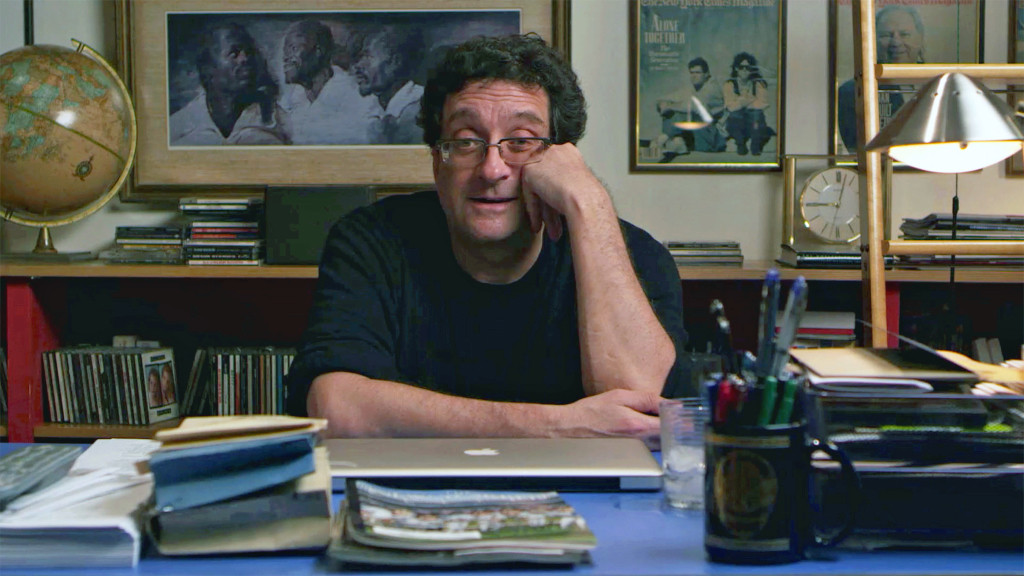Critipeg: Obit
The word “obituary” can have misleading connotations. Perhaps the term conjures thoughts of death notices in a local newspaper, in which circumstances of the recently deceased’s life and death are dryly recounted in a familiar formula. But obituaries are news. When prominent figures shuffle off the proverbial coil, journalists must report on it.

Director Vanessa Gould’s documentary Obit examines the writers who comprise the obituary section of The New York Times. Far from morbid or melancholy, it presents the workday realities of writers operating in a very particular sphere of journalism.
Watching the gears turn is fascinating. Obituary writing is its own beast. Unlike a politics or arts reporter, with reliable, stable sources, there’s no network of experts to rely upon. Every subject is different, requiring writers to start from scratch to turn out what’s essentially a 500- to 1000-word biography, often in a matter of hours.
An essential source is “The Morgue,” a massive filing library of newspaper clippings housed in the Times’ offices. The paper has been collecting clippings from dozens of major newspapers since the 1870s, haphazardly filing them in a labyrinth of cabinets that look like a nerdy version of the warehouse from Indiana Jones. The Morgue’s custodian, Jeff Roth, is a loquacious beanpole who seems to run on coffee the way a slot machine runs on quarters.
The writers, too, are fun characters to spend time with. Far from dull death bulletins, their prose is sharp and alive. They try to reflect the spirits of their subjects in the styles of their writing.
They’re passionate and opinionated. They strive to tell truths and don’t tiptoe around the difficult ones. They struggle with opening sentences. They spend hours on the phone with grieving spouses and children. They’re in the mire, and it’s damn fun to watch.
Obit points to an emerging trend of movies about newspapers. While the Hollywood standard has been to sensationalize news media as debauched and predatory (Network, Ace in the Hole), recent films like Spotlight or Page One have taken a grounded, humanizing approach to the medium. Perhaps it’s due to the shrinking influence of print media or the new status quo of world leaders attacking the value of journalism, but pop culture seems to be undertaking a reappraisal of newspapers.
When compared to those other films, Gould’s is a bit of a trifle. From a visual perspective, this is old hat, combining talking heads with archival footage. Apart from a few visual puns (after discussing the obituary of famous typewriter repairman Manson Whitlock, the following scene begins with a close-up of fingers typing at a keyboard), this material doesn’t call for adventuresome technique. The structure is meandering, flowing from topic to topic with no real thematic throughline.
But these shortcomings are far from glaring, doing little to detract from Gould’s objectives. She’s interested in the logistical nitty-gritty, the cogs turning inside The New York Times machine. What better way to do so than to shine a light on the paper’s least glamourous section?
Obit plays at Cinematheque Sept. 14-21.
Published in Volume 72, Number 2 of The Uniter (September 14, 2017)







